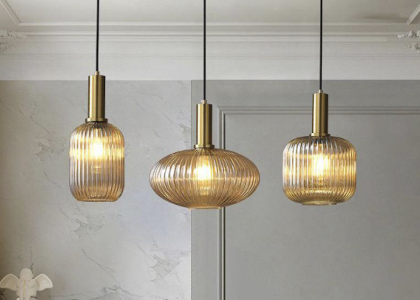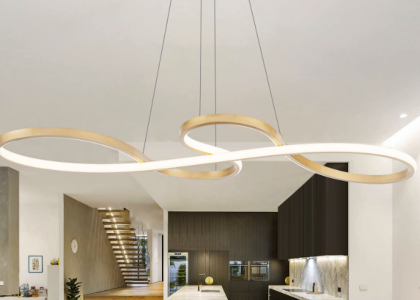Introduction
Ceramic is one of the oldest and most versatile materials used in the world of art and design. From ancient pottery to modern tiles and tableware, it has always remained a popular choice for its durability, beauty, and functionality. One of the most fascinating uses of ceramic, however, is in lighting. The way it interacts with light to create a wide range of visual effects and moods is truly remarkable. It is this art and science of lighting ceramic that we will explore in this article.
What is Lighting Ceramic?
Lighting ceramic refers to the use of ceramic as a medium for creating light fixtures, lamps, and other lighting products. It is a unique and creative approach to lighting, as it involves not only the technical aspects of producing light but also the artistic and aesthetic qualities of ceramic.
Types of Lighting Ceramic
There are various types of lighting ceramic products available, each with its own unique features and characteristics. Some of the most common types include:
- Ceramic table lamps
- Ceramic pendant lamps
- Ceramic sconces and wall lights
- Ceramic floor lamps
- Ceramic chandeliers
How Does Lighting Ceramic Work?
The science of lighting ceramic involves the use of different materials, techniques, and technologies to produce light. Some of the most important factors that affect the quality and effectiveness of lighting ceramic are:
- The type of ceramic used: Different types of ceramic have different properties, such as light transmission, heat resistance, and color saturation. The choice of ceramic can influence the quality and character of the light produced.
- The shape and design of the fixture: The shape and design of the fixture can affect the distribution and direction of light, as well as the visual impact and style of the product.
- The type of light source: Different types of light sources, such as incandescent, fluorescent, LED, or halogen, can produce different types of light, including color, intensity, and temperature.
The Art of Lighting Ceramic
Lighting ceramic also involves the artistic and aesthetic qualities of the medium. Ceramic artists and designers use their creativity and skill to create unique and beautiful lighting products that not only produce light but also enhance the visual appeal and atmosphere of a space. Some of the most important artistic factors that influence lighting ceramic are:
- The choice of color: The color of the ceramic can affect the mood and ambiance of the space, as well as the visual impact and style of the product.
- The texture and surface of the ceramic: The texture and surface of the ceramic can affect the way it interacts with light, creating different types of reflections, shadows, and patterns.
- The shape and form of the fixture: The shape and form of the fixture can also influence the visual impact and style of the product, as well as its functionality and suitability for different spaces.
Advantages of Lighting Ceramic
Lighting ceramic offers many advantages over other types of lighting materials and products, including:
- Durability and longevity: Ceramic is a highly durable and long-lasting material that can withstand heat, moisture, and physical impacts.
- Beauty and elegance: Ceramic has a unique and elegant beauty that can add elegance and style to any space.
- Customizability and versatility: Ceramic can be customized in different sizes, shapes, and colors to meet any design or functional requirements.
- Environmentally friendly: Ceramic is a sustainable and eco-friendly material that does not release harmful toxins or pollutants into the environment.




